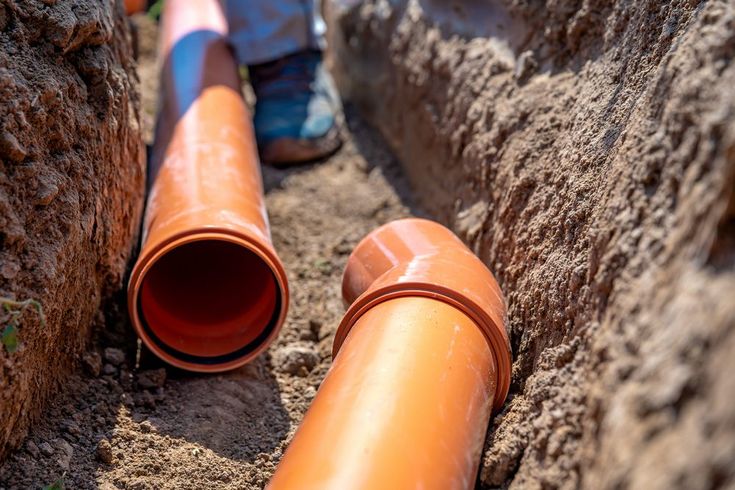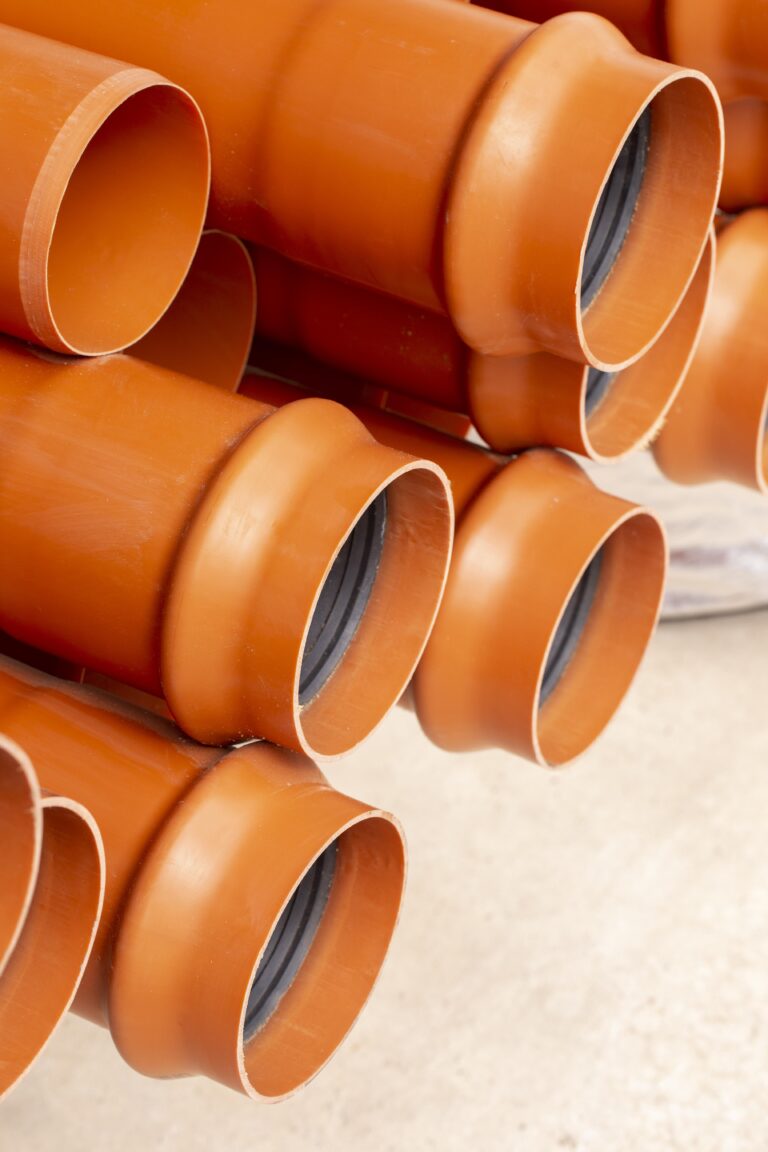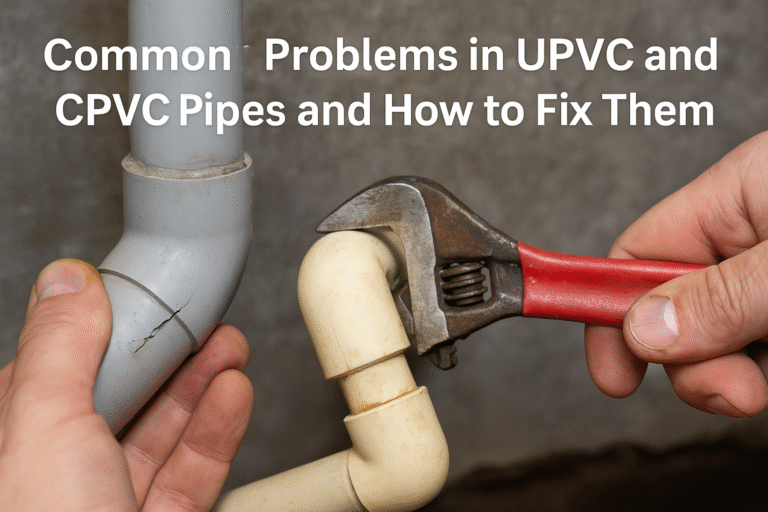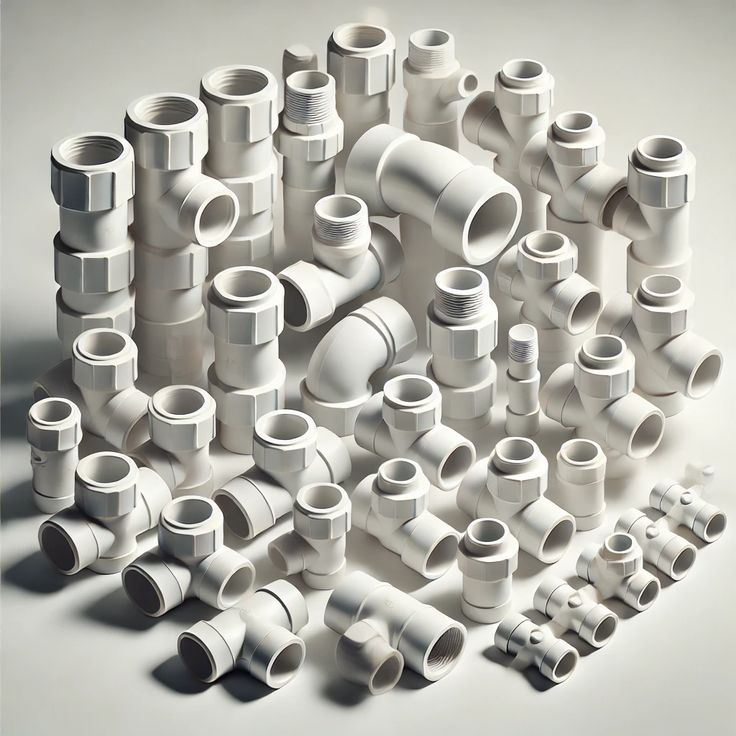Installation and Maintenance of Underground Drainage Systems
Underground drainage systems play an integral role in ensuring proper sanitation and water management. These systems are designed to handle wastewater, stormwater, and other types of runoff, ensuring that buildings and infrastructure remain protected from flooding and water damage. Given the critical nature of these systems, it’s important to understand how to properly install and maintain underground drainage pipes to ensure their long-term functionality. This article will delve into the essential components of underground drainage systems, the installation process, maintenance guidelines, and best practices to ensure that your underground drainage system functions optimally for years to come.
Understanding Underground Drainage Systems
Before diving into installation and maintenance, it’s crucial to have a clear understanding of what an underground drainage system is. This system typically comprises underground pipes that transport wastewater or stormwater from one point to another, eventually directing it to a sewer system or a drainage basin. Key components of the system include:
- Underground Drainage Pipes: These pipes form the backbone of the drainage system, carrying water away from homes, businesses, and roads.
- Manholes and Inspection Chambers: These access points allow for inspection, cleaning, and maintenance of the drainage system.
- Catch Basins and Drains: These are used to collect and channel water into the system.
The effectiveness of the system largely depends on the quality of the pipes used, their correct installation, and regular maintenance.
Types of Underground Drainage Pipes
There are several types of underground drainage pipe, each offering specific benefits for different types of drainage systems. The most common types are:
1. PVC Pipes
PVC (Polyvinyl Chloride) pipes are one of the most widely used materials for underground drainage systems. These pipes are lightweight, durable, and resistant to corrosion. PVC pipes are commonly used for transporting sewage and stormwater.
- Advantages: Cost-effective, resistant to corrosion, lightweight, and easy to install.
- Disadvantages: Not ideal for areas with high-pressure water systems as they can crack under stress.
2. HDPE Pipes
HDPE (High-Density Polyethylene) pipes are known for their excellent strength, flexibility, and resistance to chemicals. They are often used for both residential and commercial underground drainage systems, especially in areas where soil movement is common.
- Advantages: Highly resistant to chemicals and corrosion, flexible, capable of withstanding high pressure.
- Disadvantages: More expensive than PVC pipes, requires specialized fittings for installation.
3. Clay Pipes
Clay pipes are often used for gravity-based drainage systems. While not as popular today as they once were, they remain an option due to their excellent chemical resistance and long-lasting durability.
- Advantages: Durable, resistant to chemical corrosion, and ideal for gravity-based systems.
- Disadvantages: Heavy, prone to cracking under high pressure, and difficult to install.
4. Concrete Pipes
Concrete pipes are heavy-duty and typically used for large-scale infrastructure projects like municipal drainage systems. They can handle significant volumes of water and high-pressure situations.
- Advantages: Extremely durable and capable of handling high-pressure systems.
- Disadvantages: Difficult to transport and install, prone to cracking if not installed properly.
Installation of Underground Drainage Systems
Proper installation is crucial to the long-term functionality of an underground drainage system. Here’s a step-by-step guide on how to install underground drainage pipes:
1. Planning and Design
Before installation begins, it’s important to plan the system carefully. This includes designing the layout, determining the correct pipe size, and ensuring that the system meets local regulations. The design should account for factors such as the slope of the land, expected water flow, and access points for maintenance.
2. Excavation
Once the design is finalized, the area where the pipes will be installed must be excavated. This involves digging trenches that are deep enough to accommodate the pipes while ensuring that the slope is correct for water to flow easily through the system.
3. Laying the Pipes
The pipes should be placed in the trench with the proper slope (typically 1-2% downward slope) to ensure efficient drainage. PVC and HDPE pipes are usually connected using solvent welding or electrofusion, depending on the material.
4. Backfilling and Compaction
After the pipes are laid in place, the trench is backfilled with soil to secure the pipes in position. The soil should be compacted properly to prevent any movement or settling of the pipes.
5. Inspection and Testing
Before covering the pipes entirely, the system should be tested for leaks and blockages. A pressure test can be conducted to ensure that the pipes are sealed correctly. Inspection chambers and manholes should also be checked to ensure that they provide access to the system for future maintenance.
6. Final Covering
Once everything is tested and inspected, the trench is filled in completely, and the area is leveled off. At this point, the system is ready to be put into use.
Maintenance of Underground Drainage Systems
Once the underground drainage system is installed, regular maintenance is essential to keep the system functioning properly. Below are some important maintenance guidelines to follow:
1. Regular Inspections
Regular inspections are essential to identify any potential issues with the underground sewer pipes. Inspections should focus on checking for blockages, cracks, or damage in the pipes. Using cameras or other inspection tools can help detect problems early.
2. Cleaning and Flushing
To prevent debris buildup and blockages, the drainage system should be cleaned periodically. This can involve flushing the pipes with water or using specialized cleaning tools to remove stubborn debris or tree roots that may have infiltrated the pipes.
3. Clearing Blockages
Blockages are common in underground pipes, particularly in areas where food waste, grease, or foreign objects have been flushed down. If blockages are found during inspections, it’s essential to clear them as soon as possible to prevent water backup.
4. Checking for Leaks
Leaks can occur in underground pipes due to aging or physical damage. Regularly check for any signs of water leakage around manholes, inspection chambers, or junctions. If leaks are detected, repairs should be carried out immediately to prevent water contamination or further damage.
5. Addressing Root Intrusions
Tree roots are a common problem for underground drainage systems, particularly in older pipes or in areas with a lot of vegetation. Roots can infiltrate pipes and cause blockages or damage. If roots are detected, they should be removed and the affected pipe section should be repaired or replaced.
6. System Upgrades
As drainage needs evolve, it may be necessary to upgrade the system to accommodate additional water flow. Upgrading may involve installing larger pipes or adding additional drainage channels. Be sure to consult with a professional to determine the best approach for upgrading your system.
Common Issues with Underground Drainage Systems
While underground drainage systems are generally low-maintenance, they can still face issues that require attention. Here are some common problems and their solutions:
- Clogs and Blockages: These are usually caused by debris, grease, or foreign objects entering the system. Regular cleaning and using strainers at the entry points can help prevent blockages.
- Corrosion: Over time, pipes may corrode, especially in systems made of metal or clay. Replacing old, corroded pipes with more durable materials like PVC or HDPE can solve this issue.
- Tree Root Infiltration: As mentioned earlier, tree roots can penetrate pipes and cause blockages. Removing the roots and installing root-resistant pipes can prevent this problem.
Conclusion
Proper installation and maintenance of underground drainage systems are essential for preventing flooding, ensuring sanitation, and maintaining the overall health of your infrastructure. By choosing the right underground pipes like Austropipes & understanding the installation process, and committing to regular maintenance, you can ensure that your underground drainage system remains effective and efficient for many years.
Frequently Asked Questions
What are underground drainage pipes made of?
Underground drainage pipes are typically made from materials such as PVC, HDPE, clay, or concrete, each offering different benefits based on the project requirements.
How often should underground drainage systems be inspected?
Underground drainage systems should be inspected at least once a year, with more frequent inspections recommended for areas with heavy rainfall or high soil movement.
How long do underground drainage pipes last?
Underground drainage pipes typically last 20-50 years depending on the material used, soil conditions, and maintenance.
How can I tell if my underground pipes are clogged?
Signs of clogged underground pipes include slow drainage, water pooling around manholes or drainage outlets, and unpleasant odors.
What is the best material for underground drainage pipes?
The best material depends on the specific needs of the system, but PVC and HDPE are commonly recommended due to their durability, ease of installation, and resistance to corrosion.






